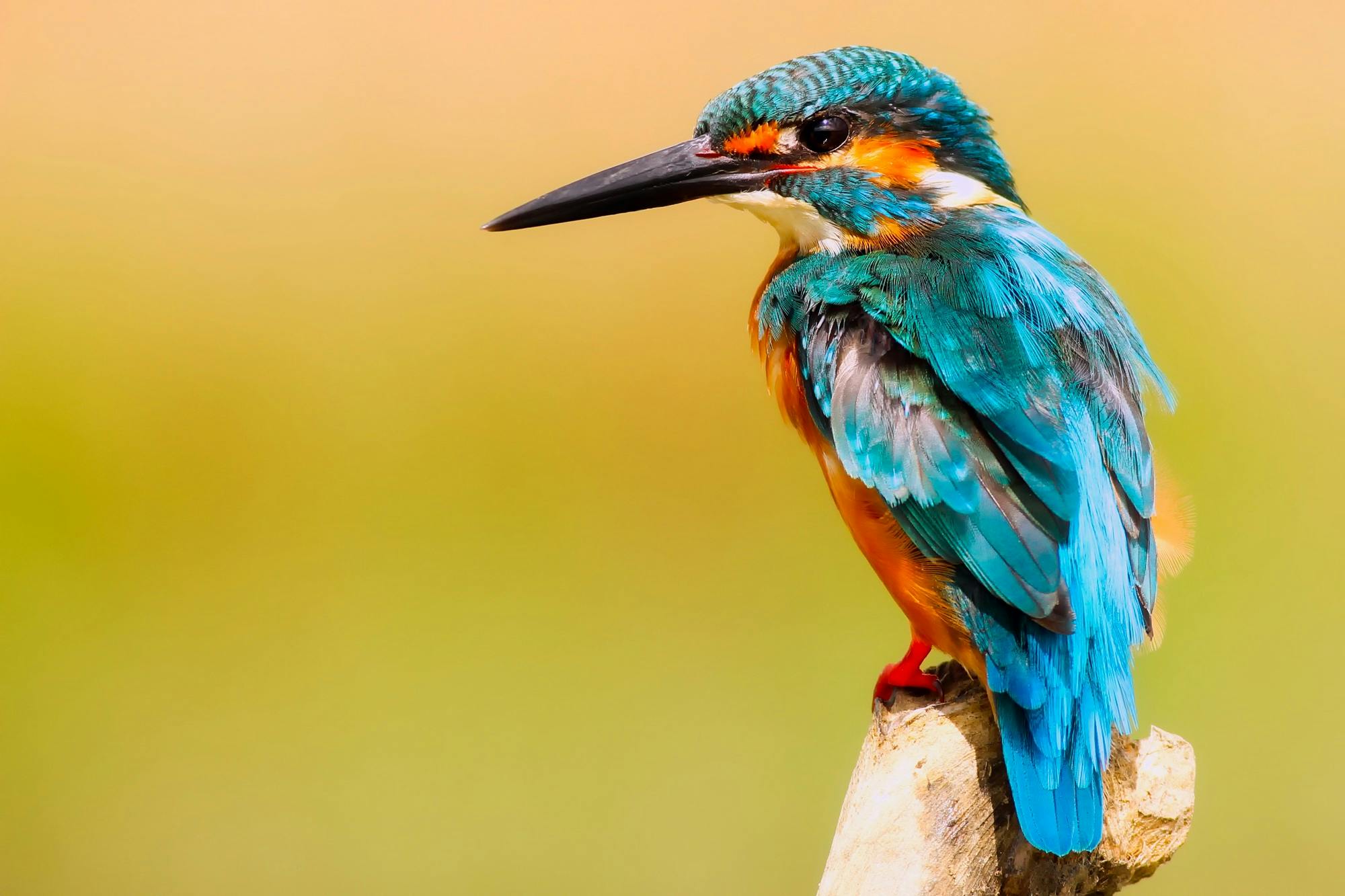What opportunities exist for tourists to help preserve endangered bird species in the Scottish Isles?

The Scottish Isles sparkle like gems in the sea, each one a unique treasure trove of ancient history, charming villages, and wild, untouched beauty. Yet perhaps the greatest treasures of these islands are the multitudes of bird species that call them home. However, many of these bird species are threatened, their existence on the brink of extinction. As an eco-conscious traveler, you may ask, what can I do to help? In this article, we will dive into the opportunities that exist for tourists like you to contribute to the preservation of endangered bird species in the Scottish Isles.
Visiting Bird Sanctuaries: A Direct Contribution to Conservation
Many of the Scottish Isles serve as sanctuaries for endangered bird species. By visiting these sanctuaries, you not only gain a unique opportunity to view these birds in their natural habitats, but you also contribute directly to their preservation.
Dans le meme genre : Which UK destinations provide the most comprehensive tours about the history of the British monarchy?
In June, when the Scottish summer begins to grace the land, the island of Fair Isle becomes a haven for birdwatchers. The island's Bird Observatory offers guided walks, where you can spot some of the 350 bird species recorded on the island while learning about their life cycle and the challenges they face.
Your visit to these bird sanctuaries has a profound impact on conservation work. The entrance fees and donations you provide are essential for funding research on avian diseases, habitat conservation, bird ringing for population tracking, and other crucial efforts to save these endangered species.
En parallèle : Which UK destinations are ideal for a winter holiday?
Volunteering: Giving Time to Make a Difference
If you wish to do more than just visit, why not consider volunteering? Numerous conservation projects across the Scottish Isles rely on the goodwill and hard work of volunteers, providing a hands-on approach to bird conservation.
For instance, the Scottish Seabird Center recruits volunteers for their Puffin Fest in May, an annual event dedicated to raising awareness about the threats faced by these charismatic birds. As a volunteer, your duties may range from manning the information desk, assisting with children's activities, to participating in beach cleanups to ensure a safe nesting environment for the puffins.
During August, the RSPB Scotland organizes the Corncrake Calling Project on the islands of Iona and Tiree. Volunteers can get involved in survey work, which involves monitoring and recording corncrake calls during the breeding season. It's an intensive task but one that contributes significantly towards the protection of this elusive bird.
Citizen Science Projects: Lowering the Barriers to Conservation Work
You don't need to be a scientist to contribute to bird conservation. Citizen science has emerged as a potent tool in conservation work, allowing regular people to contribute to scientific research. For example, the British Trust for Ornithology runs a variety of projects, such as the Breeding Bird Survey and the Wetland Bird Survey.
By participating in these projects, you can help to gather crucial data on bird populations, which is vital for informing conservation strategies. This work can be done at any time during your travel, making it a flexible option for conservation-minded tourists.
Adopt a Bird: A Long-Term Commitment to Conservation
If your passion for bird conservation extends beyond your travel time, adopting a bird is another impactful way to contribute. Many conservation organizations offer adoption schemes for various bird species.
For instance, the Orkney Islands' RSPB Scotland offers an 'Adopt a Puffin' scheme. With a small annual donation, you will be contributing to the protection of puffin populations on the islands. In return, you'll receive regular updates about the puffin you've adopted, creating a lasting connection between you and the bird you are helping to protect.
Eco-Friendly Tourism: Minimizing Impact on Bird Habitats
Finally, remember that every action you take during your travel can have an impact on the natural environment. By adopting eco-friendly practices, you can minimize your impact on the bird habitats.
Choose accommodations that are eco-certified. Use public transportation, bikes, or your own two feet to explore the islands, reducing carbon emissions. Avoid disturbing bird habitats, especially during the breeding season from April to July. Dispose of your waste properly, and minimize your plastic usage, as plastic waste can be deadly to marine and bird life.
By choosing to travel mindfully, you not only enhance your own travel experience but also contribute to the preservation of these precious bird species and their habitats in the Scottish Isles. Whether through visiting bird sanctuaries, volunteering, participating in citizen science, adopting a bird, or practicing eco-friendly tourism, there are numerous ways for you to help preserve endangered bird species during your visit to the Scottish Isles.
Eco-Educational Tours: Learn, Explore and Contribute
Another way you as a tourist can contribute to bird conservation in the Scottish Isles is by participating in eco-educational tours. These tours aim to increase awareness about the importance of biodiversity and the urgency of preserving endangered bird species. They provide an opportunity to learn, explore, and contribute all at once.
One such tour is the "Birds of the Scottish Highlands" tour organized by the National Trust for Scotland. This tour takes you through various national nature reserves, including the Abernethy Forest, where you can spot the crested tit and the dramatic birds of prey, such as the golden eagle and the white tailed sea eagle.
The tour includes discussions on the impact of climate change on bird populations, the importance of sustainable tourism, and the various ways you can contribute to bird conservation. You'll also learn about the history and culture of the Scottish Highlands, further enriching your travel experience.
During the breeding season, the tour has a special focus on bird nests, eggs, and chicks. Viewing the breeding pairs and their young in the wild can be a heartwarming experience and can strengthen your resolve to contribute to bird conservation.
Remember, the tours are designed to be respectful of the birds and their habitats. As such, it’s important to adhere to the guidelines provided by the tour organizers and not to disturb the birds, especially during the sensitive breeding season.
Marine Environment and Bird Conservation
The marine environment around the Scottish Isles is a rich feeding ground for numerous bird species. Sadly, it's also a place where they face numerous threats, mainly from plastic waste and overfishing.
One of the ways tourists can contribute to bird conservation is by supporting sustainable fishing practices. When dining out, opt for dishes that use locally-sourced, sustainably-caught seafood, like Atlantic salmon. This helps to preserve the marine environment, which in turn benefits bird species that rely on it for food.
Additionally, consider joining beach clean-up events. They are often organized by local communities and conservation groups. Plastic waste, a major pollutant in our oceans, poses a critical threat to marine and bird life. During your visit to the Scottish Isles, participating in such beach cleanups can make a significant difference in preserving the marine environment and the bird species that depend on it, such as the black guillemot and the Scottish crossbill.
Conclusion: Every Action Counts
In conclusion, there are numerous opportunities for tourists to contribute to the preservation of endangered bird species in the Scottish Isles. Each one allows you to immerse yourself in this unique environment, appreciate its beauty, and contribute to its preservation.
However, one of the most important things to remember is that every action counts. From visiting bird sanctuaries to volunteering, participating in eco-educational tours or citizen science projects, adopting a bird, supporting sustainable fishing, or joining beach cleanups, each action contributes to the larger goal of bird conservation.
As you explore the beauty and richness of the Scottish Isles, from the stunning Fingal Cave to the verdant nature reserves, remember this: you have the power to make a positive impact. Travel mindfully, respect nature, and contribute to the preservation of the remarkable bird species that call these islands home. Because in the end, we are all custodians of our planet, and every little bit helps.
